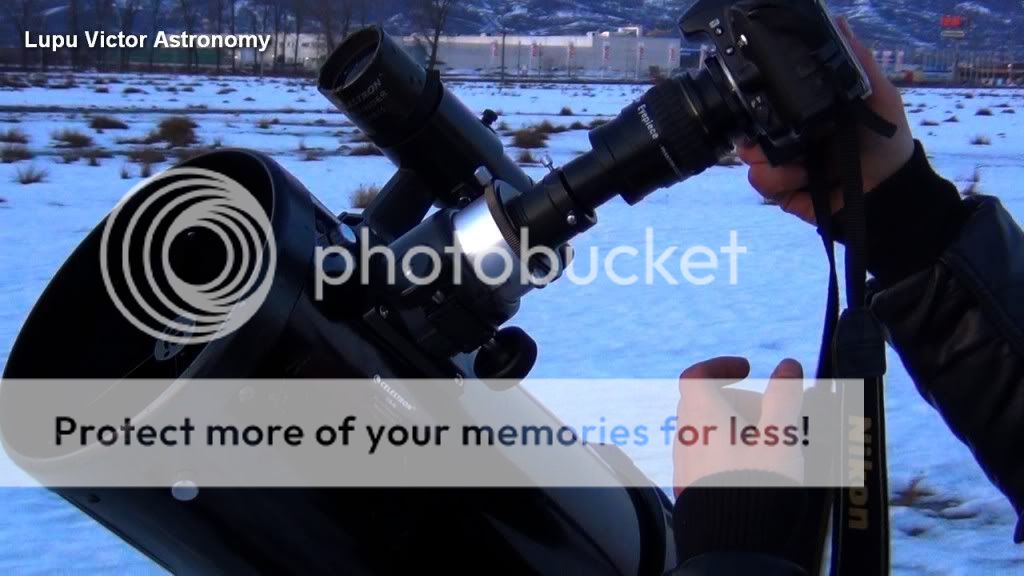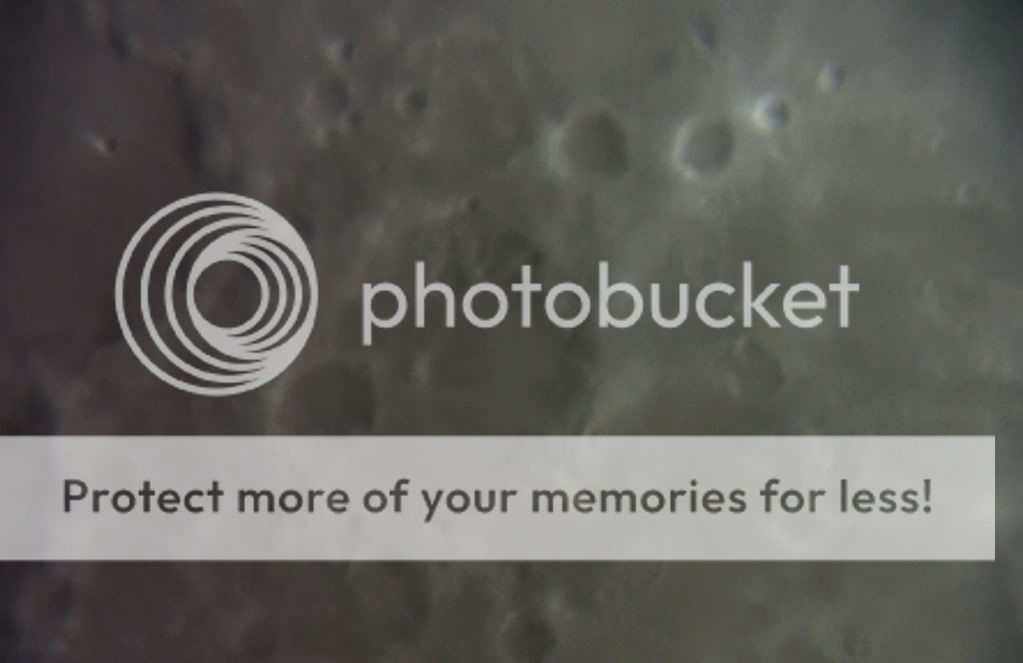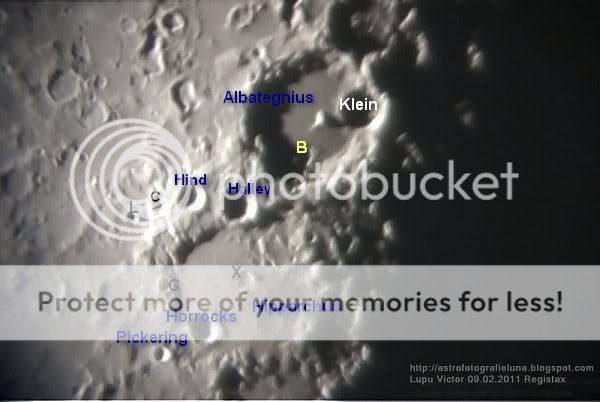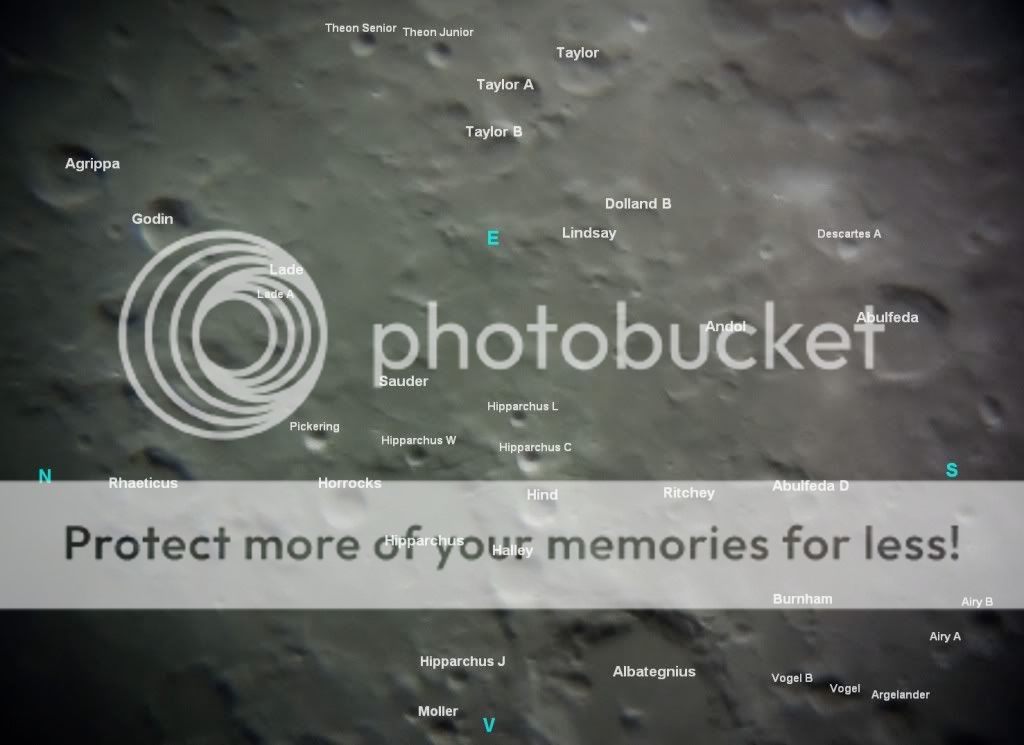This is one of the clearest video capture image caught with this area of the Moon. Craters are so easy to observ in depth under this angle of the Sun, because they are facing us, and are not on the edge of the Moon.
We can admire the large and smooth floor of Ptolemaeus, which has a distinct small crater on it.
In these area of craters, it is almost like they may not exceed the limit of heights because you can not highlight any high peaks, which could be noticeably bigger than others.
Craters depth are small compared to other craters on the Moon. Ptolemaeus has a depth of 2.4 km, Alphonsus 2.7 km and Albategnius of 4.4 km. Klein found on the floor of Albategnius, has a depth of 1.5 km, which when combined with the 4.4 km's Albategnius, is reaching a depth of 5.9 km.
It is interesting the arc craters that starts from Hipparchus, decreasing in size, starting with Halley, Hind, Hipparcus C, and the smaller, Hipparchus L.
Moon age: 7 days
Stage: 51% (0% = New, 100% = Full)
Distance: 384.488 km
|
|||||||||||
|---|---|---|---|---|---|---|---|---|---|---|---|
Mount: CG5 (EQ5)
Camera: Sony CX130
Filter: no
Date: 29/04/2012
Location: Baia Mare, Romania
Processing: video capture, FastStone Image Viewer










 Sunday, March 31, 2013
Sunday, March 31, 2013
 Unknown
Unknown




















